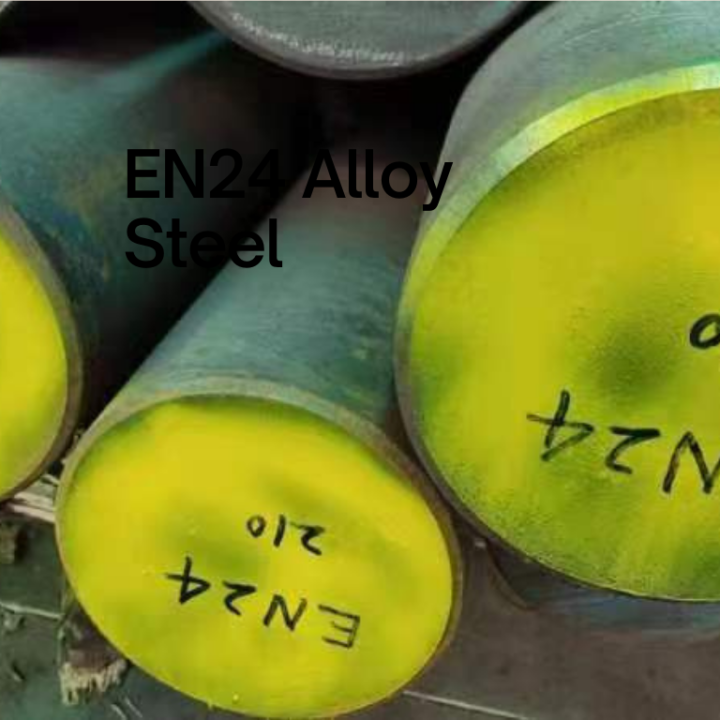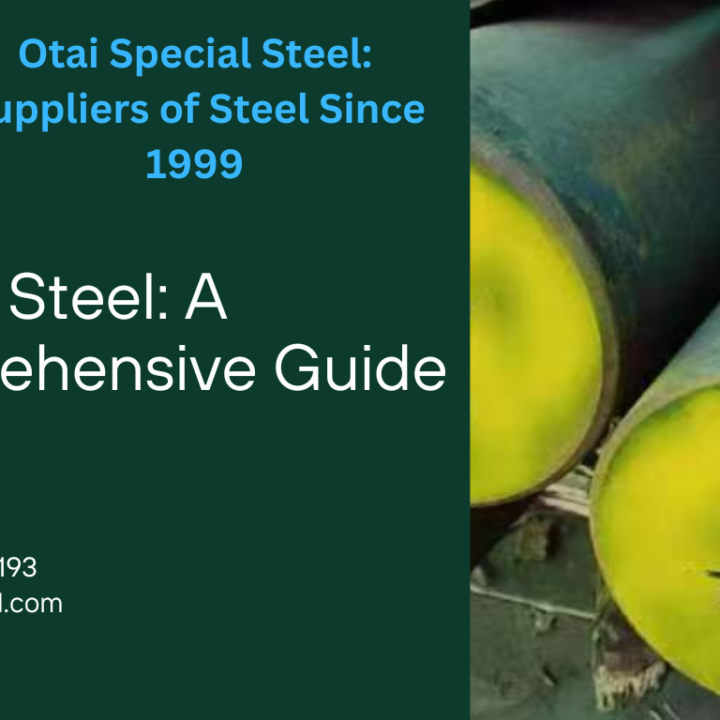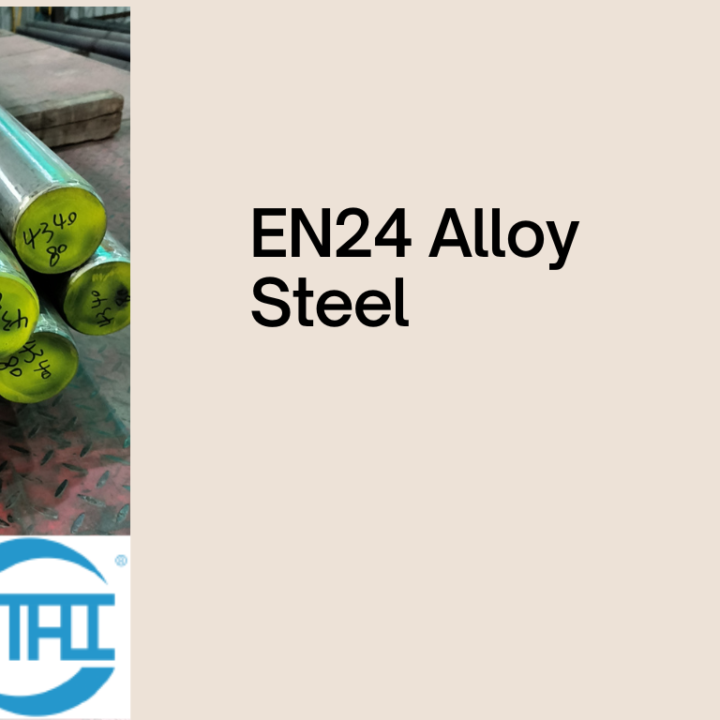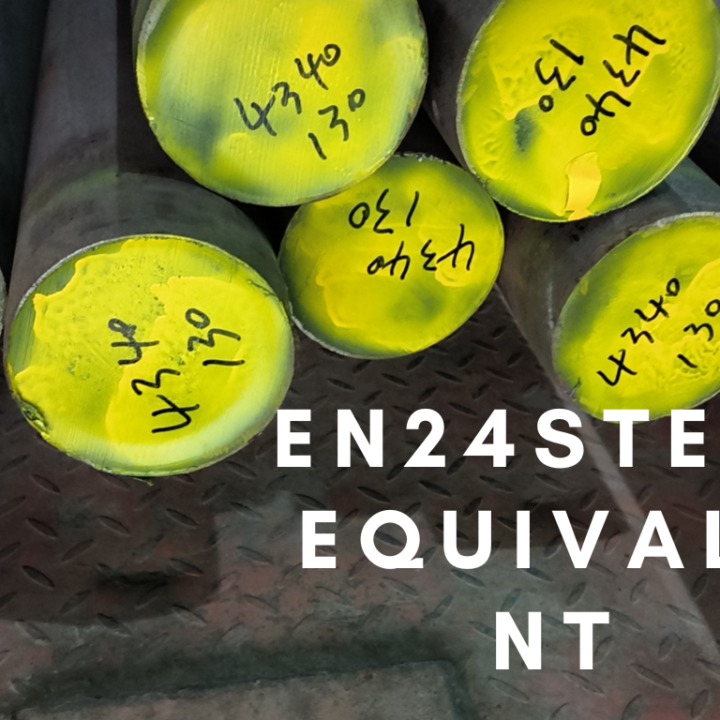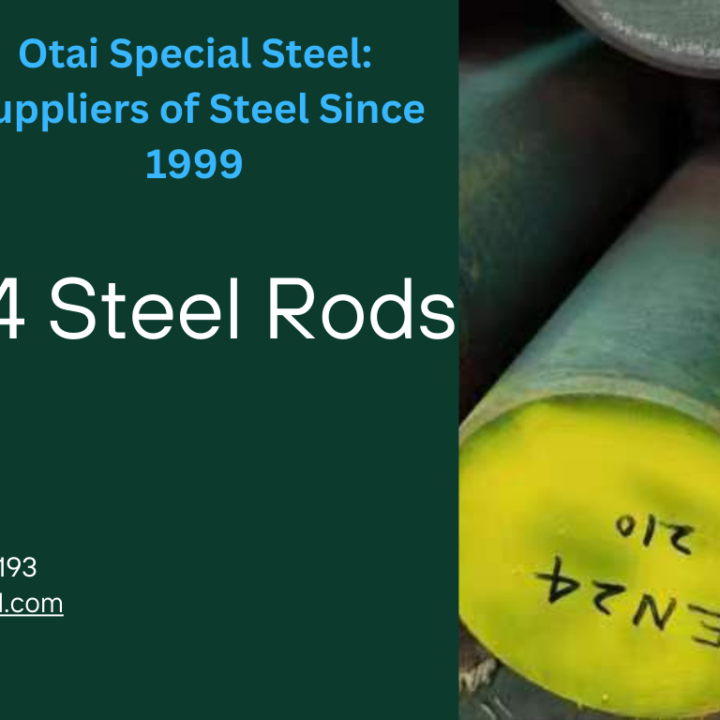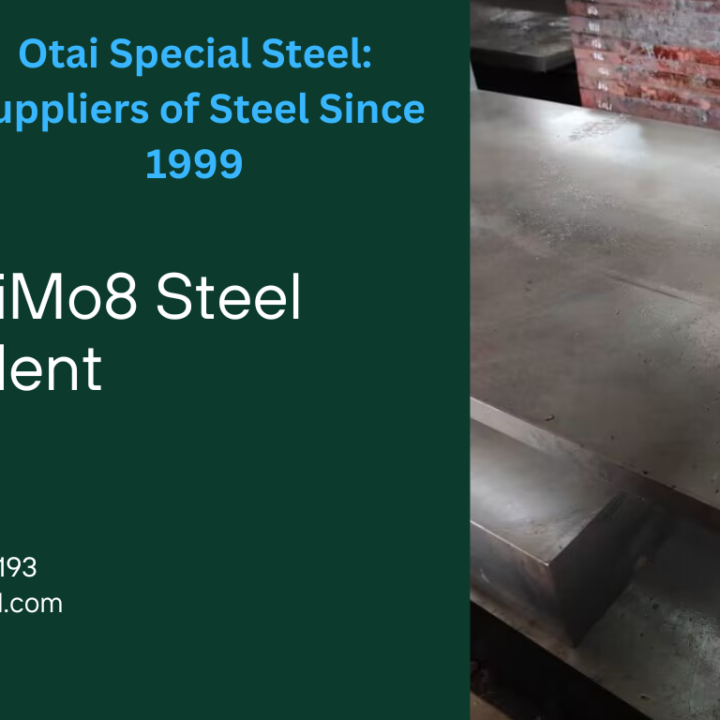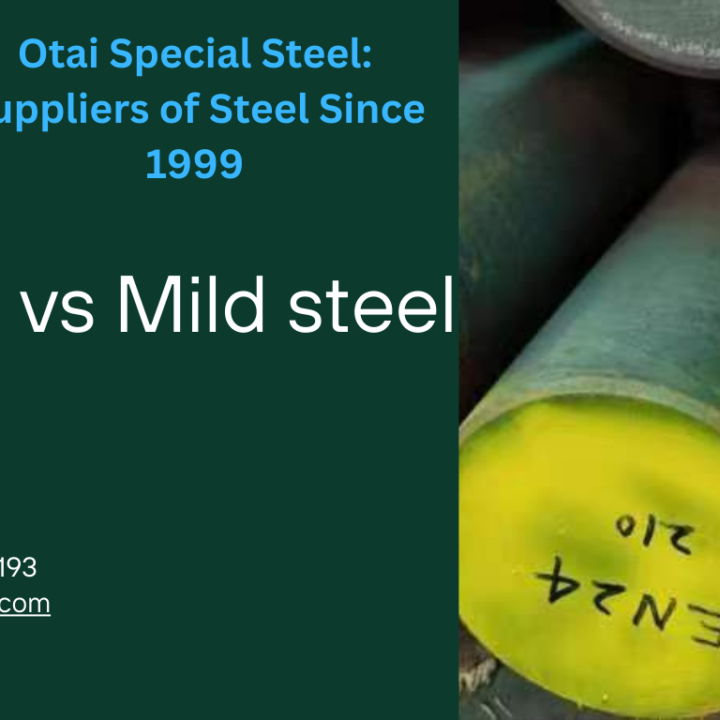Steel demand in advanced economies will grow moderately
Among advanced economies, steel demand growth is expected to be 1.0 percent in 2018 and 1.2 percent in 2019. While growth in steel use in us construction sector slowed, demand for the metal grew strongly in 2017, helped by tax and regulatory reforms and strong consumer spending and corporate investment supported by fiscal stimulus.Us steel demand growth is forecast to slow in 2019 as the steel markets for car manufacturing and construction level off. However, with the good performance of the machinery market, is expected to boost manufacturing steel demand.
The eu is mainly driven by the domestic market, with the exception of the auto market where demand is likely to fall, but steel demand will continue to expand but at a slower pace due to a surge in business confidence and a recovery in investment and construction markets. While the fundamentals of the eu economy remain relatively healthy, steel demand is expected to slow in 2019 compared with 2017-18, partly due to uncertainty from global trade
tensions.
Steel demand in Japan is expected to grow steadily thanks to policy support on investment (record corporate profits, continued monetary easing, demand for venues for the Tokyo Olympics and a growing need for labor-saving investment). South Korea’s steel demand is set to shrink further in 2018, making it difficult to sustain all its major steel industries. Only a modest recovery is expected in 2019.
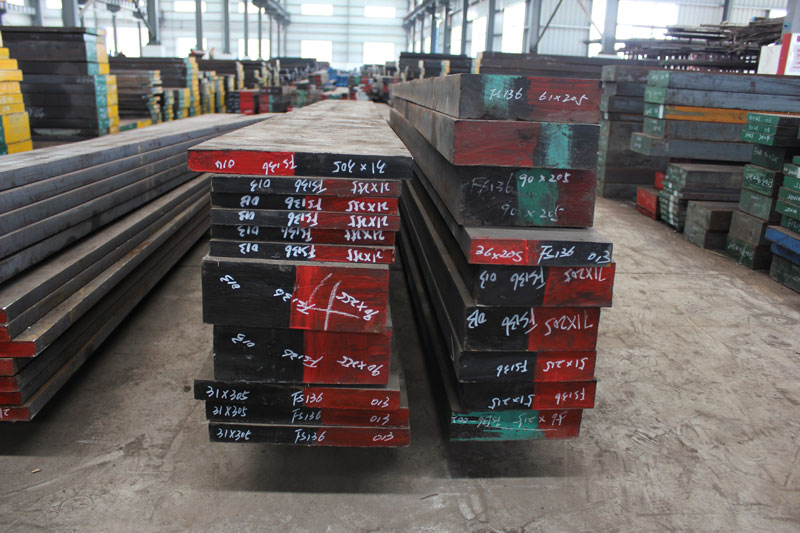 Demand for steel in developing countries continues to recover, but there are challenges
Demand for steel in developing countries continues to recover, but there are challenges
Indian steel demand is expected to return to a higher growth trajectory as the economy recovers from the twin shocks of demonetization and the introduction of the goods and services tax (GST). Steel demand is being driven by a combination of improved investment and infrastructure. But government finances and corporate debt weigh on the outlook.
Growth in steel demand in the asean region slowed in 2017 and 2018 due to slow construction activity and inventory adjustment but is expected to regain momentum in 2019 and beyond, supported by infrastructure projects. Much of the risk has to do with rising trade tensions, currency volatility, and political instability. Demand for steel in developing Asia excluding China is expected to grow 5.9 percent in 2018 and 6.8 percent in 2019.
In other emerging and developing economies, recovery has been slow as uncertainty about the domestic and international environment has increased.The main reasons include structural reforms in the economy, the high fragility of financial markets and possible monetary pressures from global economic tensions.
The outlook for steel in the construction and automotive industries is mixed in many countries
In advanced economies, steel demand in the construction sector is likely to slow after the strong recovery of 2017-18 is over due to a high base and rising interest rates. On the other hand, construction activity will continue to grow in most developing economies, particularly in India, asean and the Middle East and North Africa. Yet Brazil’s construction industry has yet to recover from a severe crisis.
